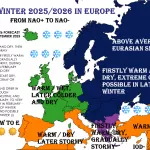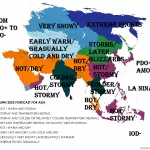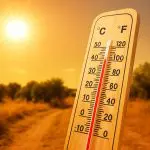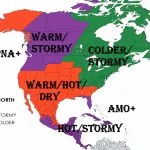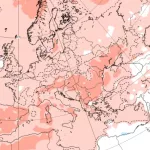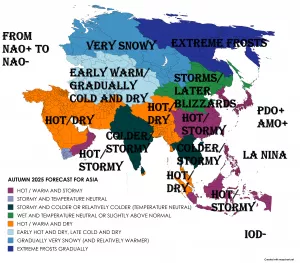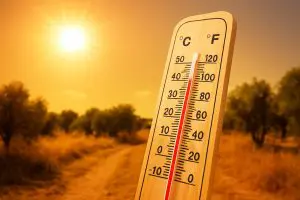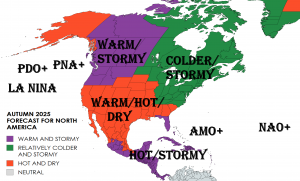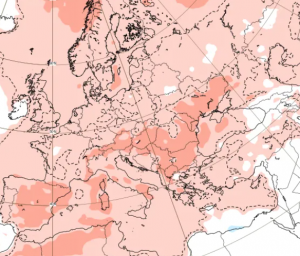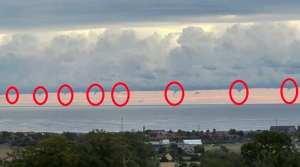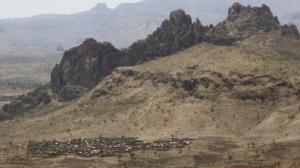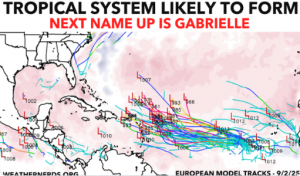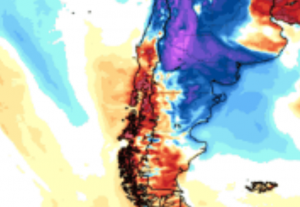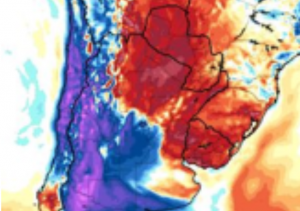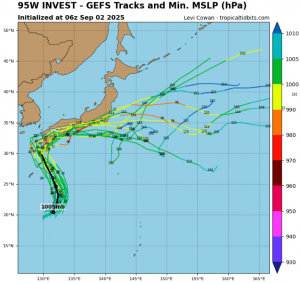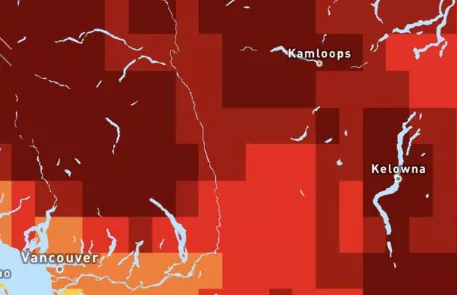
Lytton, British Columbia, Canada recorded a scorching temperature of +41.1 °C on August 26, 2025, marking the highest temperature since the June 2021 heatwave in the region. This extreme heat is part of a late-summer heatwave affecting southwestern Canada and northwestern United States, driven by a persistent high-pressure ridge (heat dome) over the Pacific Northwest. The ridge caused subsidence warming, clear skies, and prolonged solar heating, all contributing to record-breaking daytime temperatures.
Meteorologically, the heatwave is characterized by:
- Stationary high-pressure system centered over British Columbia, trapping hot air near the surface.
- 850 hPa temperatures exceeding 25–28 °C, well above climatological averages for late August.
- Low humidity aloft, leading to limited convective cooling and enhanced surface warming.
- Weak wind flow, allowing hot air to stagnate in valleys and communities like Lytton.
The impacts of this extreme heat in Lytton and surrounding regions include:
- Human health: Increased risk of heat exhaustion, heatstroke, and dehydration, especially for elderly and vulnerable populations.
- Infrastructure: Asphalt and road surfaces are softening, railway tracks are at risk of buckling, and power demand surges due to air conditioning.
- Agriculture: Crops such as berries, corn, and grapes face heat stress, potentially reducing yields. Livestock require increased water and cooling measures.
- Wildfire risk: Extremely dry and hot conditions significantly elevate wildfire potential. The BC Interior remains at high to extreme fire danger levels, threatening forested and rural areas.
- Hydrology: Rivers and streams show elevated temperatures, affecting fish and aquatic ecosystems.
This +41.1 °C reading represents the most intense heat since the catastrophic June 2021 heatwave, which caused widespread mortality and infrastructural damage in the region. While not yet exceeding the 2021 peaks, it underscores the frequency and intensity of extreme heat events in western Canada, highlighting the continuing trend of climate-related thermal extremes.
The heatwave is forecasted to persist for several more days, with Lytton and nearby communities likely experiencing daytime highs of 38–42 °C and nighttime lows remaining unusually warm (20–25 °C), increasing cumulative heat stress. Emergency advisories have been issued for hydration, reduced outdoor activity, and wildfire preparedness.

Source: Climate Central

